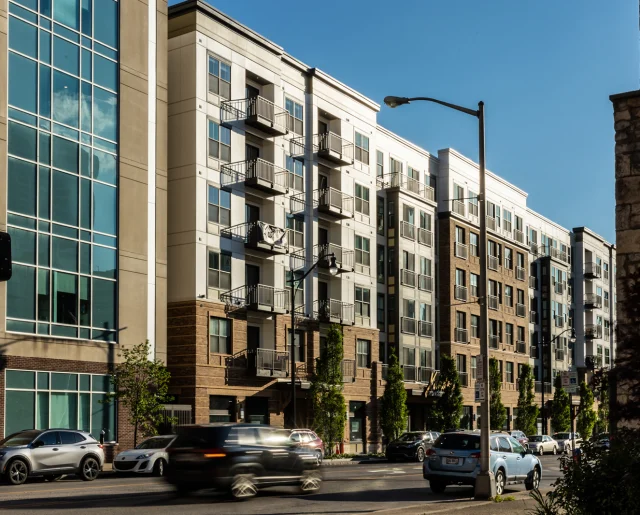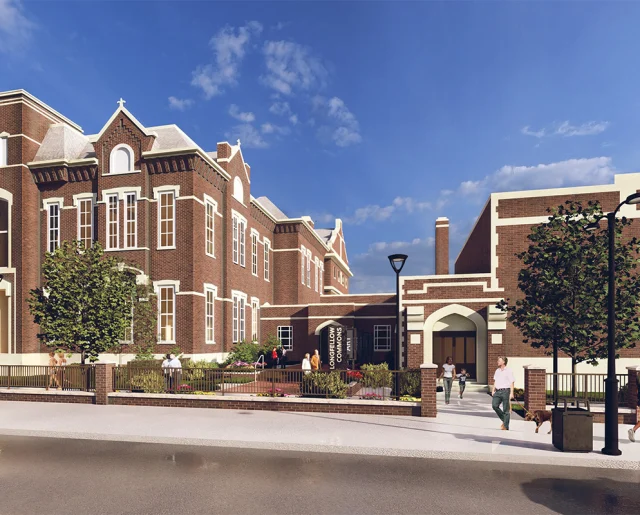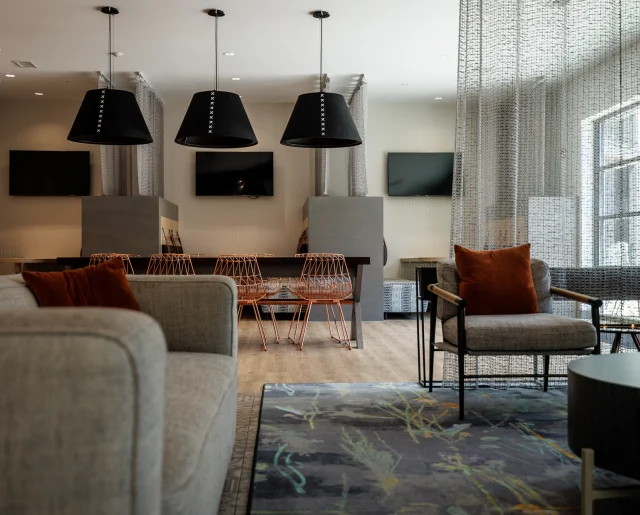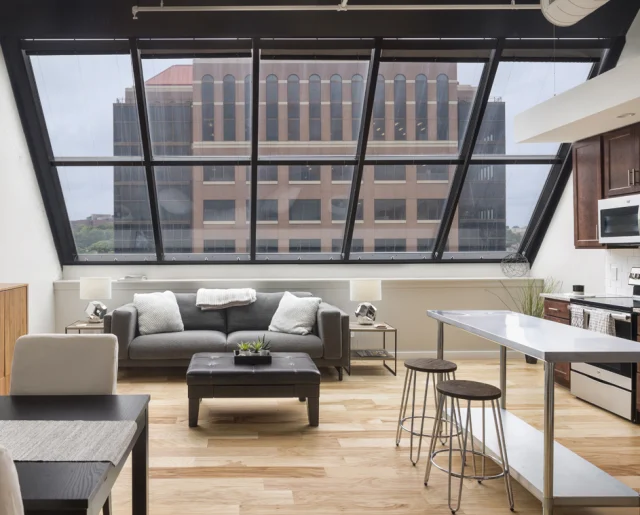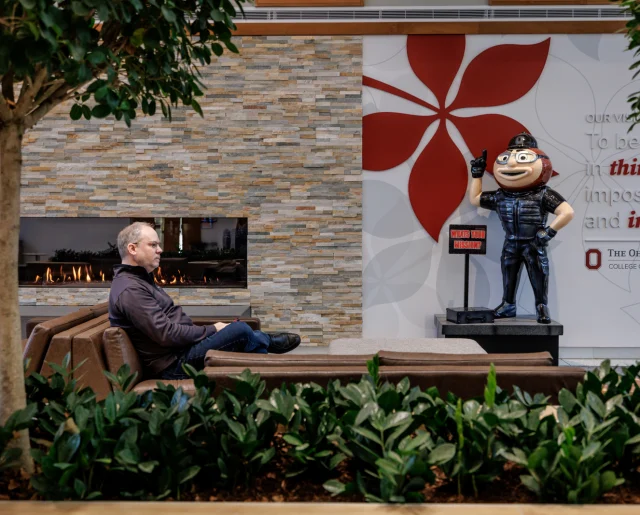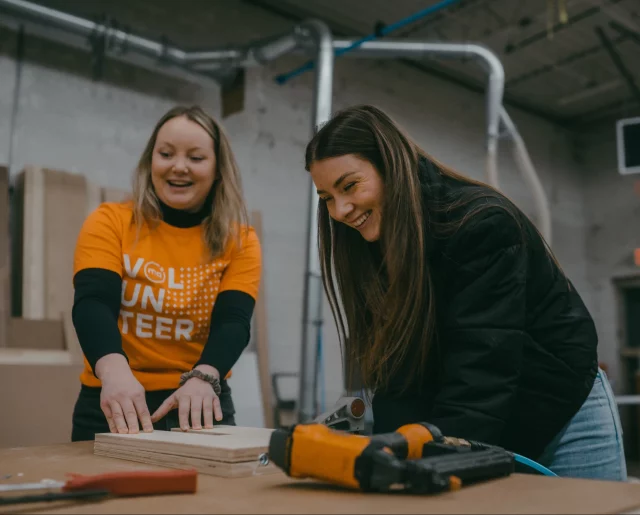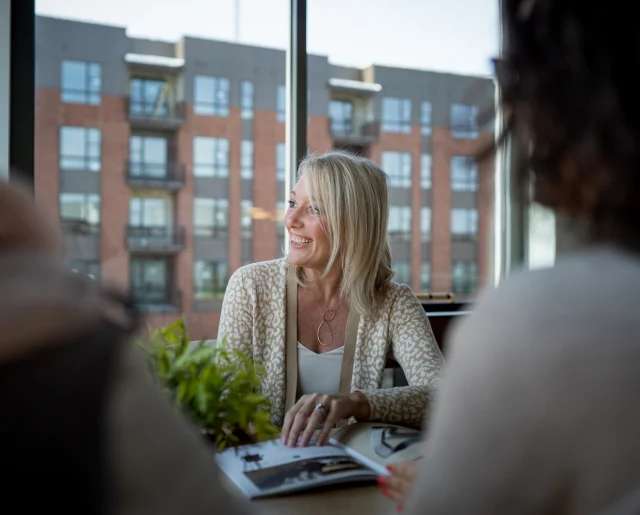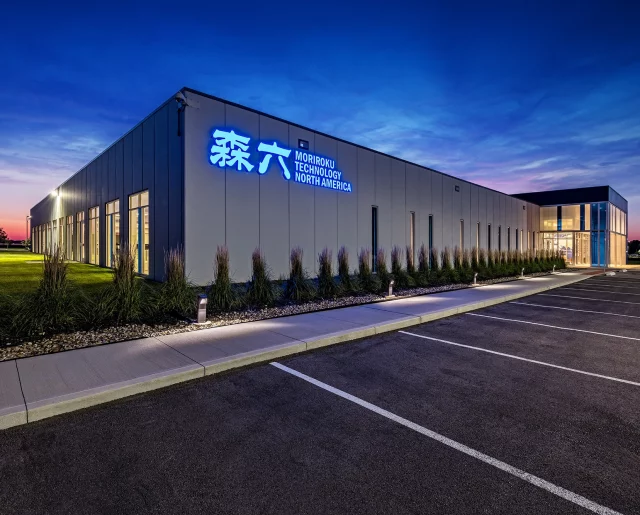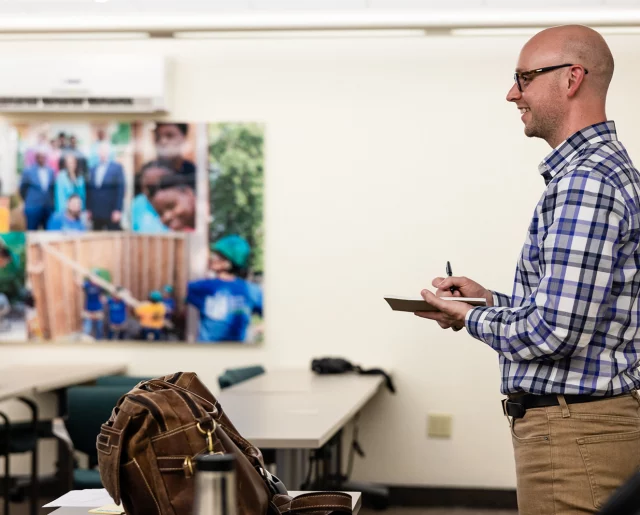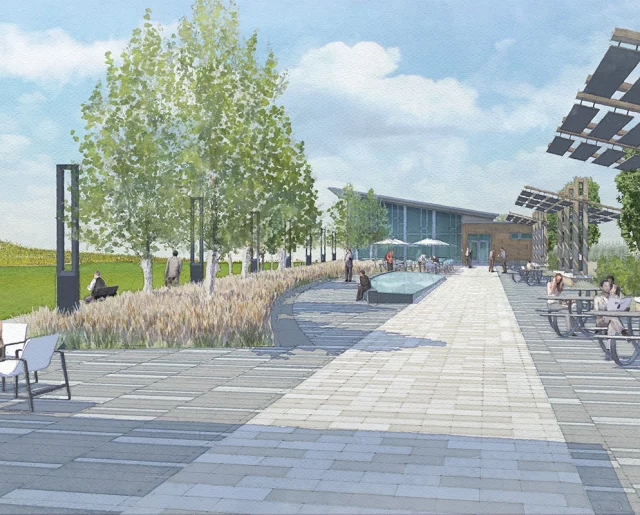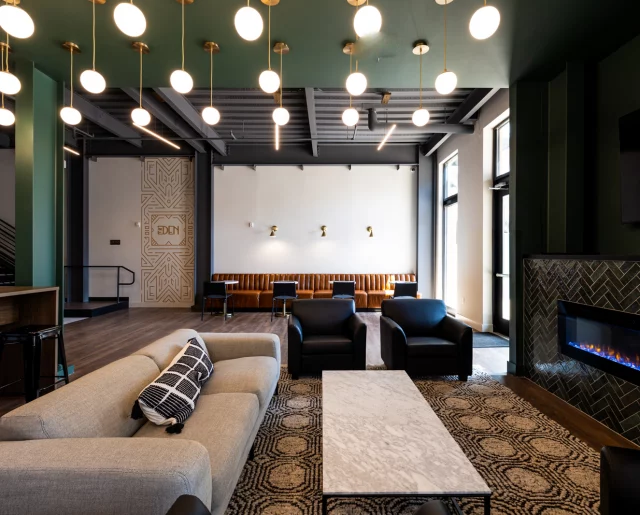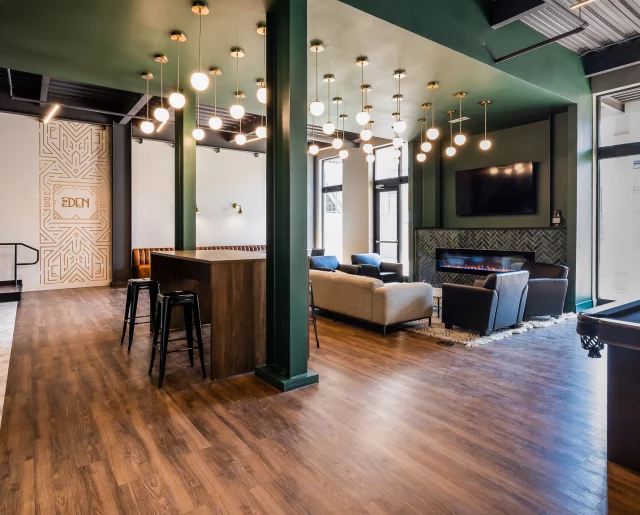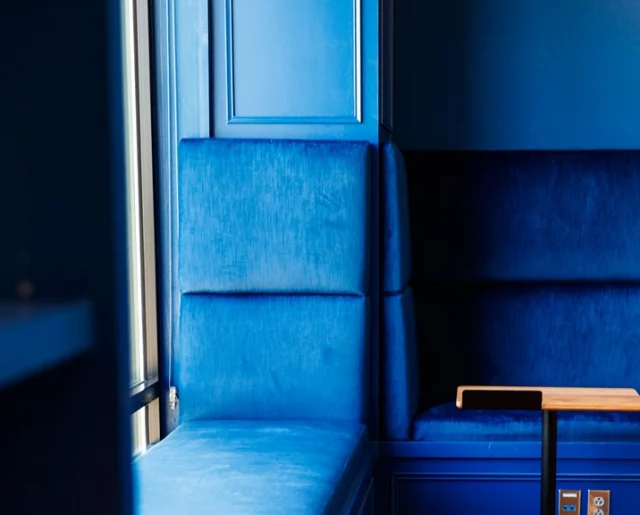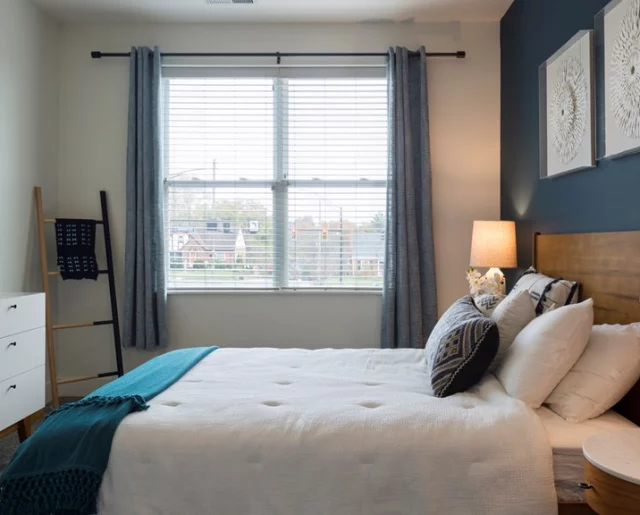How to Know What Your Community Wants
As humans, we long for human connection, a sense of belonging, and a sense of community. As designers, it’s only natural that we would include the community into the design of our spaces.
It’s something that seems simple, yet is something that isn’t always considered when looking at the design of a new space.
However, at MA Design we spend a lot of time focusing on not only what our client’s wants and needs are, but also on the wants and needs of the community or intended audience for the space. When it comes to the community, we have to dig deep to understand how our designs will truly impact those it’s being designed for. So how do we know what the community wants? Simple. We listen. We ask questions. We learn.
Sounds easy, right? It’s surprisingly more difficult and requires a lot more time than you might think. Here’s a little insight into how we go about understanding what the community needs.
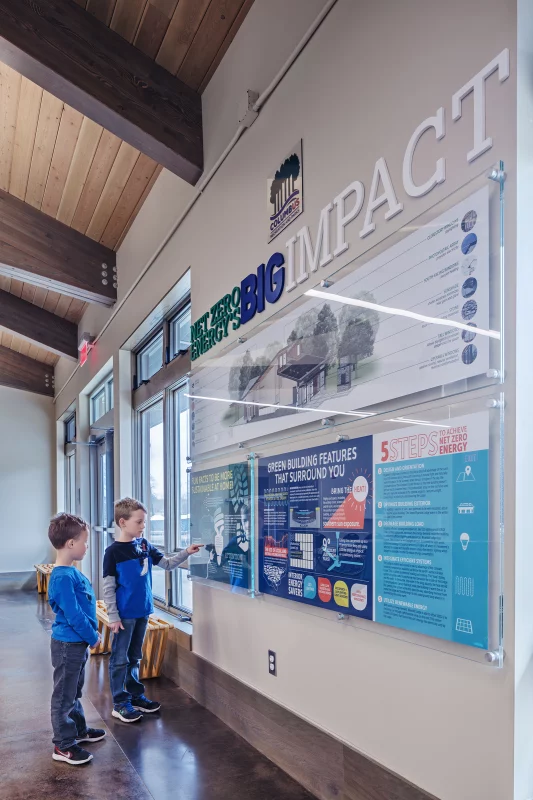
Typically, at the start of any design project, our clients will come to us with a specific problem they need addressed. At the original start of these conversations, we have to understand every detail of the vision of their space. What are they looking for? How do they envision the space being utilized in the future? What’s the history of the space? How is it currently being utilized? And what are the needs of the audience and community that this space is intended for? We ask questions. A LOT of questions. And we do a lot of listening.
To help understand the needs of the audience this space is intended for, we begin with informational interviews with not only the client but the community as well. Typically this includes a mix of community members who are already utilizing the space, or a similar space, as well as those who are a part of the community but have chosen not to utilize the space. This allows our team the opportunity to ask a variety of questions and helps us gain insight into why members of the community are not using it. This is a very important piece of the process, as we’re uncovering so many details and collecting research about the life of the space. Sometimes those who are not using the space actually provide us with the most beneficial insight into the community’s needs because there is something missing for them, or there is a specific reason they have chosen not to utilize the space. This discovery phase is crucial to the success of our projects.
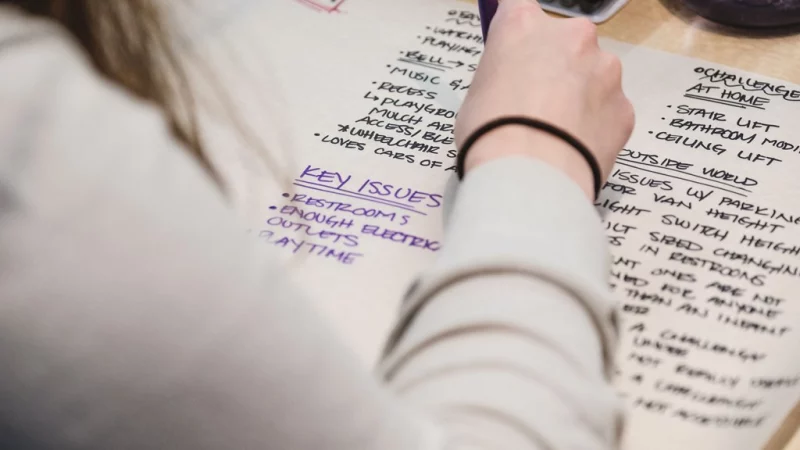
How do we get people talking? During these informational interviews, we start with an open forum. We have all parties write down what they love. What they want to see. What they wish they had. From there we have a discussion about each thing they’ve written down. Where is it on a scale of 1-10 in terms of a need vs. a want? This allows us to determine if there is a discrepancy between what the client thinks they need, vs what the community actually wants. It allows us to gather and share this information prior to getting too far into the project. Sometimes we uncover a major conflicting need or request and that’s okay. Once we can determine any discrepancies we can narrow in our focus and go more in-depth into those individual items. This can lead to additional questionnaires, focus groups, as well as surveys to the community to ensure we’re hearing from all voices in the community. These are typically the most interesting discussions that bring a variety of topics to discuss with the client based on the community’s feedback.
After all of that is completed, it’s finally time to start designing the project. Typically, this is where most people think we start, but as you can see it takes a lot of work to get into the design of a project. This is what makes our team so different. It’s what makes our spaces come to life. We now have a full understanding of the community’s needs and from there we can incorporate our findings into the project and design a space that works for everyone.
As we get further along into the design of any project, we keep the community involved throughout the process. By continuing to involve our clients and the community in the design elements, we’re allowing them to have a sense of pride in the new space they helped to create. It also allows them to see the ways in which we listened to their feedback and attributed it to pieces of the project.
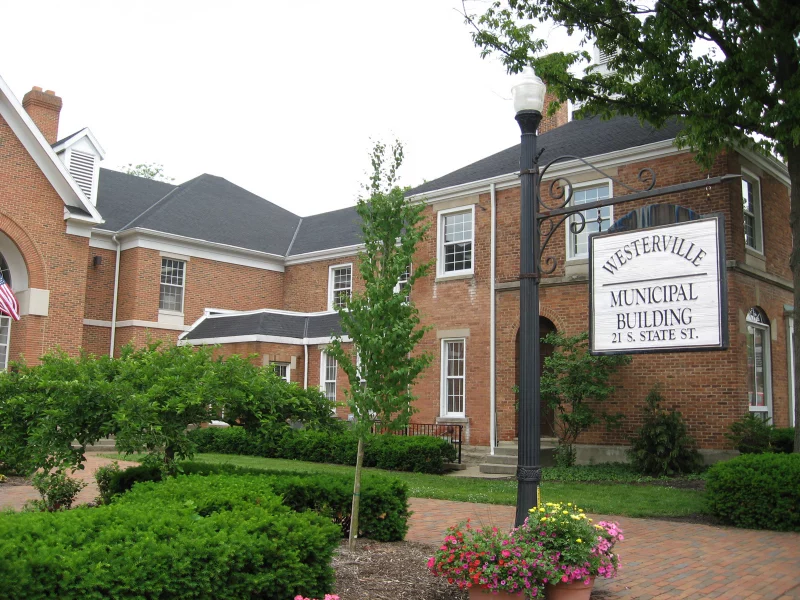
If 2020 taught us anything it’s that community is so incredibly important. Not just in our day-to-day interactions, but in listening and understanding the needs of the people around us and learning how we can adapt to create for those needs. In my experience, empowering the community to be a part of your design project for a new space brings new life to a project, but also ensures the success of a space based on our discovery.
There is no greater feeling than knowing that you had a voice in a space created for you and your peers. Together, as a community, we can create the most beautiful spaces for all to enjoy.
